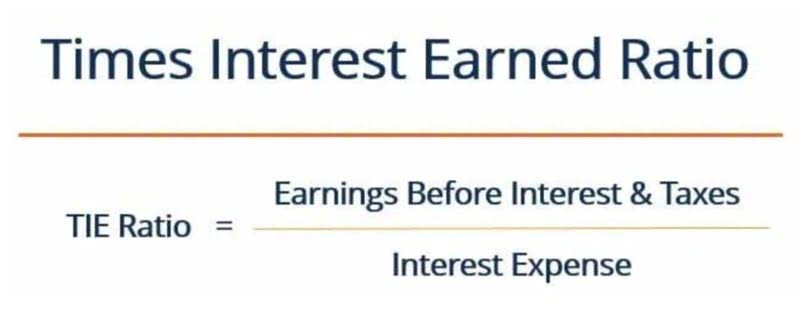Software for Accountants

Revenue is key to business growth, but a business needs to track expenses, categorize them into meaningful groups, and understand whether they provide value to get a clear picture of profitability. There are hundreds, if not thousands, of apps in the cloud accounting/small business ecosystem, and you can’t be an expert on all of them. The best bookkeeping, organizational, and financial tools for your small business clients’ needs and budgets.
Payment Processing
Premium fees mean more profit in your pocket and they also mean you need fewer clients to reach your goals, making your marketing task easier. Working within a niche makes you more visible and easier to find online, as you can pinpoint who you serve with the keywords and phrases you use and even the name of your firm if you’re committed to the niche. The great thing about blogs and social media is that while it takes time and consistency, it’s absolutely free and in your control. You don’t need to get a publisher’s attention or have anyone’s permission to become a thought leader. It not only shows your prospects what you know, but it also helps to build a brand identity that showcases who you are and brings you clients who are a good fit for your practice.
Organizational Tools
Companies that want to link payroll to their accounting software must integrate with Gusto at $40 per month. FreshBooks was originally engineered as an invoice creation and tracking project to help small businesses and solopreneurs get paid faster. Nearly 20 years after its creation, the accounting software still focuses on helping business owners get paid quickly and accurately.
Best for On-demand Reports
- Its live Q&A chat lets you ask an expert financial questions during business hours, and you can always schedule an appointment with a Sage Accounting expert.
- Fortunately, it’s a skill you can learn and one that will pay dividends for the life of your business.
- Jason holds a BBA from Simon Fraser University and is a designated CPA.
- Whether you choose to niche down to a specific industry like restaurants or a specific service like payroll, you’ll make your firm a better fit for your ideal clients.
- Whether it’s handling increased transaction volumes during peak periods or scaling back during slower periods, outsourcing offers flexibility to adapt to changing business requirements without disruptions.
If you’re looking for a bookkeeping solution you can stick with for the long run, Bookkeeper has most bookkeeping features you could possibly want as an add-on. Possible add-ons include payroll services, individual and business tax returns, and financial performance reporting with key performance indicators. Zoho does offer a forever-free plan as long as revenue falls under the threshold of $50,000 for the fiscal year. Zoho Books is the cloud-based accounting component of a larger suite of business solution tools. In addition to accounting software, Zoho offers more than 40 enterprise-level online applications to grow sales, market your business, communicate with teammates, provide customer service and more.

Features for all kinds of businesses

A professional accountant (or Certified Public Accountant) can help with business tax planning, file your corporate tax return, and make suggestions to help you improve cash flow. The Business plan starts at $125/month for tax planning and advice but to get business or personal tax preparation you’ll need a Corporation plan at $225/month. Bookkeeping services are available on the Enterprise plan with costs $375/month.
If you choose its chief financial officer (CFO) services, your CFO will be a certified public accountant (CPA) at a minimum. Its features include automation of tasks, Gusto payroll client bookkeeping solution processing, balance sheet production, income statements, accuracy checks and transaction databases. Online bookkeeping services can save business owners both time and money.
- Whether you just want help tracking receipts or you’re looking to automate complex workflows and support a large team, we have options for you.
- 1-800Accountant offers full-service accounting services, including tax preparation and advisory to small businesses.
- To put this in perspective, a bookkeeper’s average salary is $44,527.
- The best bookkeeping, organizational, and financial tools for your small business clients’ needs and budgets.
Is cloud accounting software secure?

To take a more strategic approach, you need a complete solution to streamline your operations. Accounting CS, our professional accounting software for accountants, combines write-up, trial balance, https://www.bookstime.com/retained-earnings-normal-balance payroll, financial statement analysis, and more. It’s designed for professional accountants who serve multiple clients, allowing flexibility to handle all types of industry and entity types.
Clarity with custom accounting reports
What is cloud accounting software?
- Online bookkeeping services typically give you a dedicated bookkeeper or team of financial experts to help you with basic bookkeeping tasks.
- Bookkeeping services can also help small business owners save more through tax preparation and tax filing.
- Outsourcing bookkeeping services emerged as a viable option for many businesses, offering advantages such as cost-effectiveness, accuracy, and access to expertise.
- It’s common for owners of small businesses to attempt bookkeeping on their own, but it’s easy for bookkeeping to become an afterthought until tax time approaches.
- It’s best to create a pros and cons list of companies when outsourcing bookkeeping so you’ll know you’ve made the best choice.
- In this episode, Harlem chocolate Factory founder Jessica Spaulding recalls a few of her early money management mishaps, and three big lessons learned.
- Implement customized financial dashboards, trend analysis tools, and forecasting models to track key metrics, identify growth opportunities, and mitigate risks.






